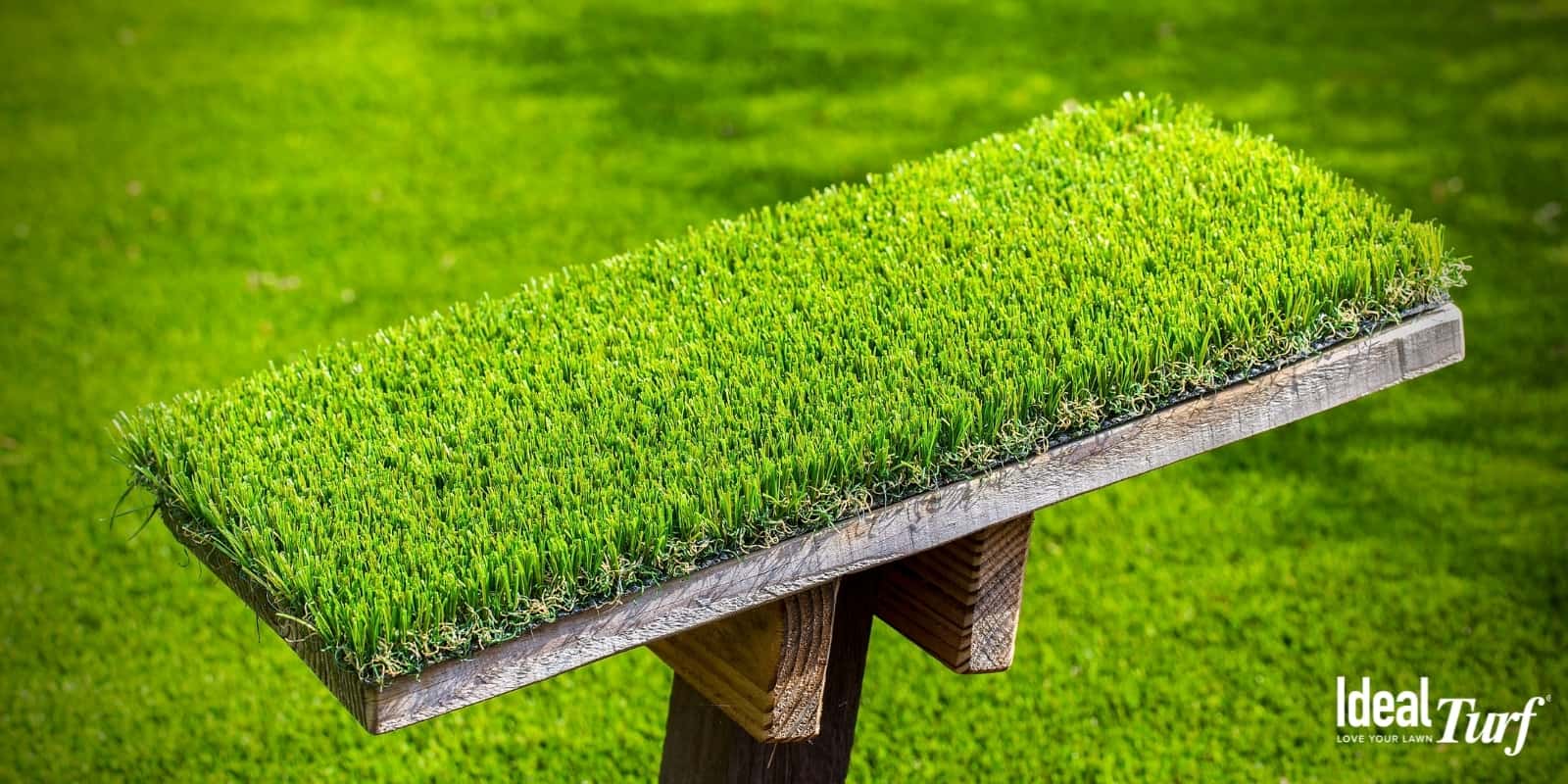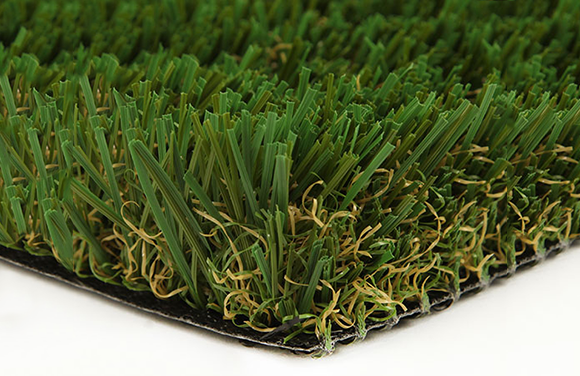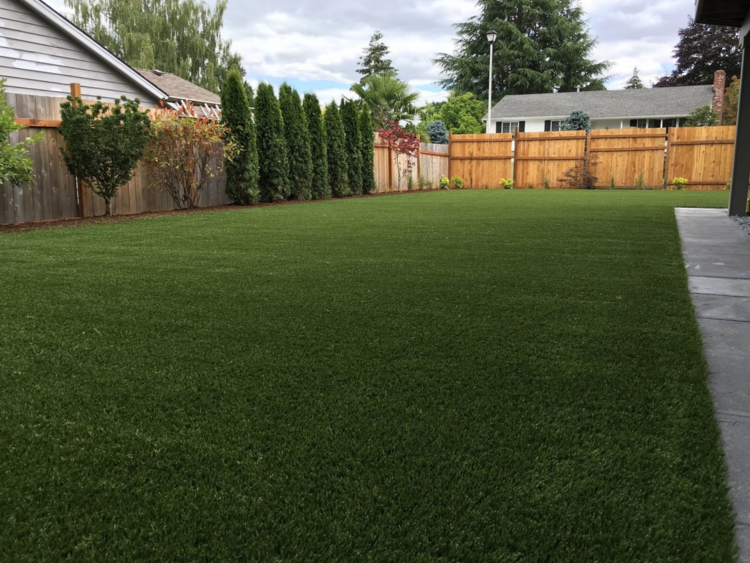Look Into the Environmental Conveniences of Opting for Synthetic Grass Solutions
The fostering of synthetic lawn services provides an engaging chance to resolve pressing environmental obstacles. By substantially reducing water usage and lessening the application of damaging chemicals, these choices not only advertise sustainable landscape design however also safeguard neighborhood ecological communities.
Water Preservation Conveniences
One of the most significant benefits of man-made grass is its ability to conserve water. In comparison, synthetic grass does not need watering, considerably decreasing the general demand for water resources.
By eliminating the requirement for normal watering, synthetic grass adds to lasting landscape methods and aids mitigate the environmental influence of excessive water usage. Furthermore, the preservation of water includes the reduction of drainage, which can lead to soil erosion and river pollution.
Additionally, the setup of synthetic grass permits property owners and districts to designate water resources a lot more successfully, focusing on necessary usages such as alcohol consumption water and agriculture. The change in the direction of man-made lawn not only promotes accountable water usage but additionally straightens with more comprehensive ecological objectives focused on preserving natural deposits.
As communities progressively prioritize sustainability, the water preservation advantages of artificial turf present an engaging situation for its fostering in industrial and property landscape design jobs.
Minimized Chemical Usage
The transition to synthetic turf considerably decreases the dependence on chemical therapies frequently used in all-natural lawn upkeep. Conventional lawn management usually involves the application of plant foods, herbicides, and pesticides to promote growth and control parasites. These chemicals can present risks to human wellness, neighborhood wildlife, and the setting, adding to dirt and water contamination.
In comparison, fabricated turf gets rid of the need for these harmful compounds. By lessening the launch of synthetic substances right into the ecological community, artificial turf promotes healthier soil and water systems.
Additionally, the absence of chemical overflow connected with fabricated lawn installments aids protect local waterways from contamination, sustaining marine life and maintaining biodiversity. Turf installation phoenix az. As areas significantly focus on sustainable techniques, selecting synthetic turf presents a feasible remedy that straightens with ecological conservation goals. Via this change, homeowner can appreciate lush environment-friendly spaces without endangering eco-friendly health and wellness, leading the means for an extra lasting future
Reduced Carbon Footprint

Moreover, the installment of man-made turf can lead to significant water conservation. Natural grass need substantial quantities of water for irrigation, which not only contributes to the carbon impact related to water extraction and therapy but likewise pressures local water resources. In comparison, artificial turf needs very little maintenance, needing no watering, thereby dramatically lowering water use and its connected energy expenses.
Furthermore, the longevity of synthetic grass adds to its reduced carbon impact. With a lifespan of approximately 15 years or even more, the demand for constant substitutes is decreased, leading to less waste and lower energy consumption in manufacturing and dealing with standard lawn options. Generally, fabricated lawn offers a lasting alternative for eco aware landscape design.
Habitat Preservation
Habitat preservation is a vital consideration in the argument over landscape design options, particularly when contrasting fabricated lawn to all-natural lawn. Natural grass yards frequently require extensive upkeep, including using herbicides, fertilizers, and chemicals, which can adversely influence regional ecological communities. These chemicals can seep into the dirt and waterways, harming indigenous plants and animals and interrupting regional habitats.
Fabricated lawn removes the wikipedia reference need for dangerous chemicals, therefore protecting nearby wildlife and preserving the integrity of surrounding communities. The setup of man-made grass can look at here now lead to the conversion of previous turf areas into even more biodiverse landscapes, such as pollinator yards or native plant areas, which can sustain regional wildlife.
Eventually, the change to artificial turf not just preserves water and minimizes upkeep initiatives however likewise fosters a much more harmonious partnership in between human activities and the natural surroundings, promoting environment preservation at the same time.
Long-Term Sustainability
Long-term sustainability is a vital consider assessing the advantages of synthetic grass over standard lawn lawns. Among the most significant advantages of artificial turf is its durability; it can last approximately 15-20 years with very little upkeep, whereas all-natural lawn requires constant reseeding and substitute. This long life minimizes the need for continuous sources, such as water, fertilizers, and chemicals, which are necessary for maintaining a healthy and balanced yard lawn.
In addition, man-made turf adds to a decrease in carbon exhausts connected with grass care equipment. Standard grass typically call for gas-powered lawn mowers, trimmers, and blowers, all of which add to air pollution. Turf installation phoenix az. On the other hand, synthetic grass removes the need for such tools, promoting a cleaner atmosphere
In addition, the production of click reference synthetic grass significantly makes use of recycled materials, enhancing its sustainability account. As producers embrace eco-friendly methods, the environmental impact of synthetic grass remains to decrease.

Final Thought
The fostering of synthetic grass solutions presents significant environmental advantages, including considerable water preservation, reduced reliance on harmful chemicals, and a lower carbon footprint. Furthermore, man-made lawn help in maintaining all-natural habitats by decreasing land disruption and advertising long-lasting sustainability through the use of sturdy products. Jointly, these factors emphasize the capacity of synthetic grass to contribute favorably to ecological health and offer a sensible alternative to typical landscape design practices in an increasingly resource-conscious globe.
In comparison, man-made turf does not require watering, substantially minimizing the general demand for water sources. By minimizing the launch of artificial compounds right into the community, fabricated grass promotes much healthier soil and water systems.
In addition, the setup of artificial grass can result in significant water conservation. In contrast, synthetic grass requires marginal maintenance, requiring no watering, therefore substantially reducing water usage and its associated power costs.
